The Anti-lock Braking System (ABS) in semi-trailers is a crucial component for ensuring safe vehicular navigation. A clicking sound emanating from the ABS can cause concern and necessitates immediate investigation. In this article, we will delve into the intricate dynamics of the semi-trailer ABS, exploring the potential causes of a clicking sound while providing actionable solutions. We aim to equip you with a comprehensive understanding to navigate this common issue effectively.
Understanding the ABS and Its Functionality
Before tackling the issue of a clicking ABS, it’s essential to grasp the basic functionality of this system. The ABS is designed to prevent wheel lock-up during hard braking, allowing for enhanced control and stability. It operates through a series of sensors, hydraulic valves, and a control module.
Components of a Semi-Trailer ABS
| Component | Function |
|---|---|
| Wheel Speed Sensors | Monitor the rotational speed of each wheel. |
| Control Module | Processes data from sensors to adjust braking pressure. |
| Hydraulic Valves | Regulate brake pressure to prevent lock-up. |
| Pump | Restores pressure to the hydraulic system after release. |
The integrity of these components is vital for the effective operation of the ABS, and any malfunction can lead to performance issues, including clicking sounds.

Common Causes of Clicking Sounds in Semi Trailer ABS
1. Malfunctioning Wheel Speed Sensors
The most prevalent cause of clicking noises originates from faulty wheel speed sensors. If these sensors become dirty or damaged, they can emit erratic signals, leading to unusual sounds.
Signs of Malfunctioning Wheel Speed Sensors:
- Inconsistent braking performance
- Warning lights on the dashboard
- Clicking or grinding sounds when braking
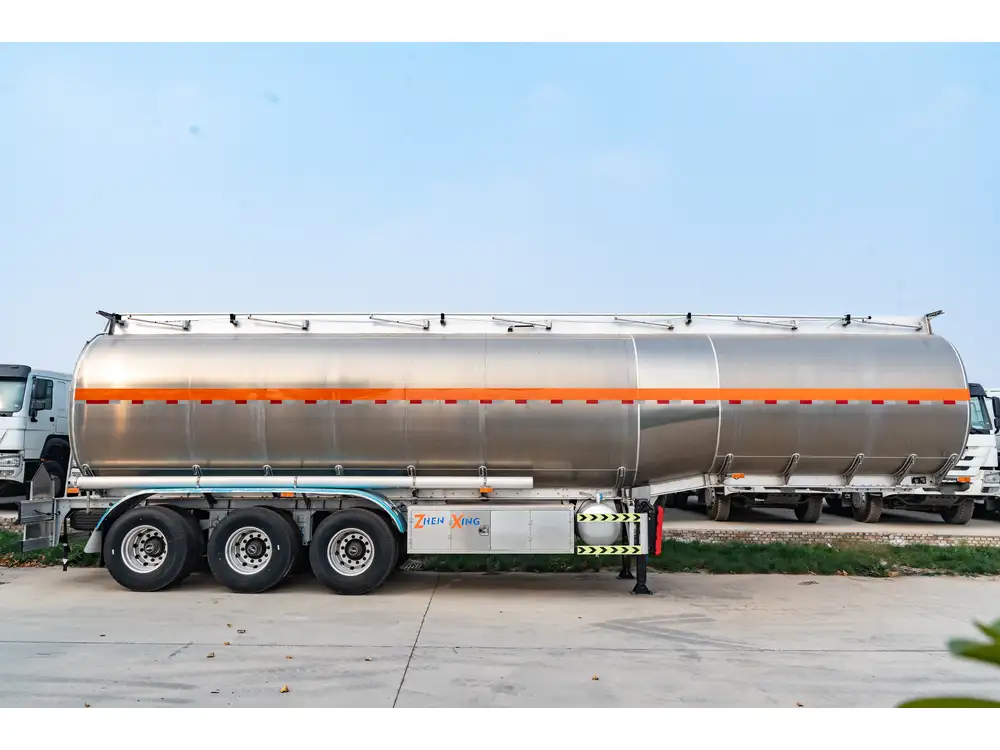
2. Hydraulic System Issues
Hydraulic systems are essential for the proper functioning of the ABS. When air enters the hydraulic lines or if there is low fluid, it can cause the ABS pump to behave erratically, resulting in clicking noises.
Indicators of Hydraulic System Problems:
- Soft or spongy brake pedal
- Fluid leaks around the brake lines
- Incomplete braking response
3. Dirt and Debris Accumulation
Over time, dirt and debris can accumulate in the ABS components, disrupting normal operation. The intrusion of foreign material can hinder parts from functioning smoothly, contributing to the clicking sound during braking.
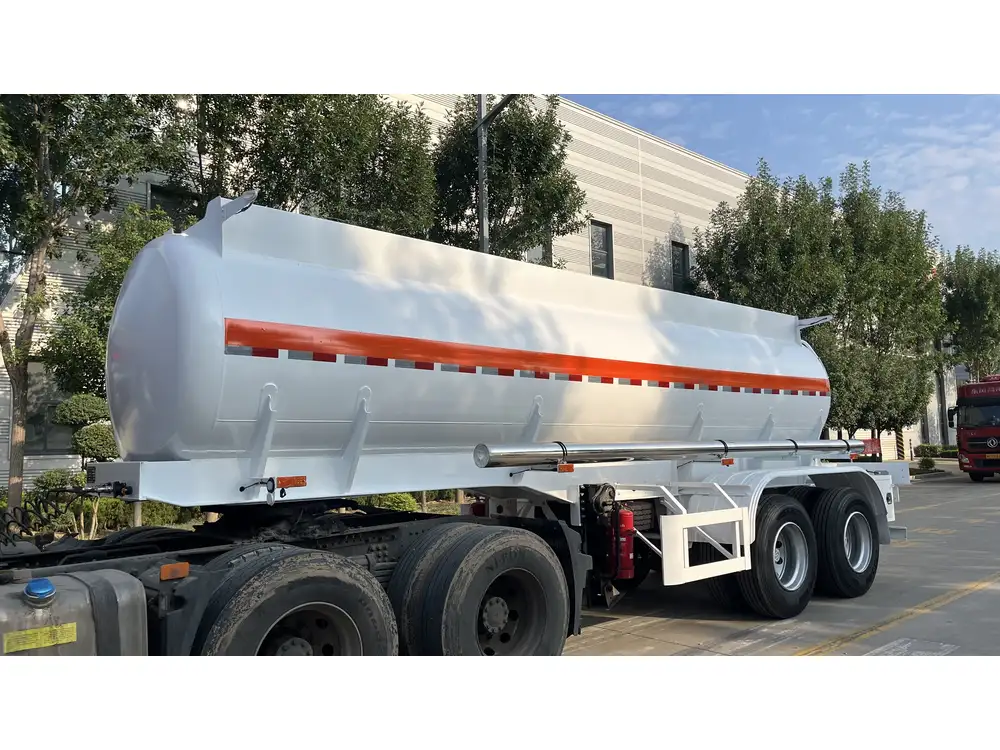
4. Worn or Damaged Components
Like all mechanical systems, the various components of the ABS can wear down over time. If critical parts, such as the control module or hydraulic valves, become damaged, they may produce clicking or clunking noises as they operate improperly.
Symptoms of Worn or Damaged Parts:
- Unusual noises from the ABS module
- Visual signs of wear on components
- Reduced braking efficiency
How to Diagnose a Clicking ABS Sound
Diagnosing the source of clicking in your semi-trailer ABS requires a systematic approach. Below is a structured method for troubleshooting this issue.
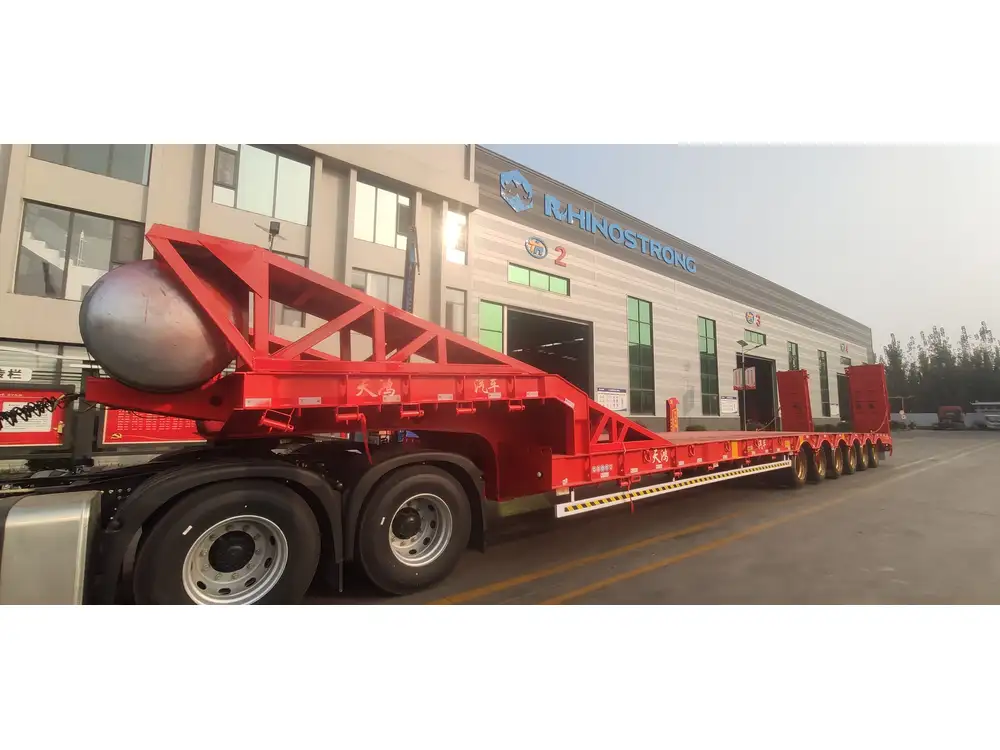
Step 1: Visual Inspection
Begin by conducting a thorough visual inspection of the ABS components:
- Examine Sensors: Look for dirt, wiring damage, or corrosion on wheel speed sensors.
- Check Hydraulic Lines: Inspect for leaks and ensure all connections are secure.
- Evaluate Fluid Levels: Confirm that the brake fluid level is adequate.
Step 2: Use Diagnostic Tools
Utilize an OBD-II scanner to check for any fault codes related to the ABS. This can provide insights into specific issues that may not be visible during a physical inspection.
Step 3: Listen for Additional Sounds
Pay attention to any accompanying sounds. A rhythmic clicking may indicate a sensor issue, while grinding may suggest that components are in contact due to improper alignment or wear.
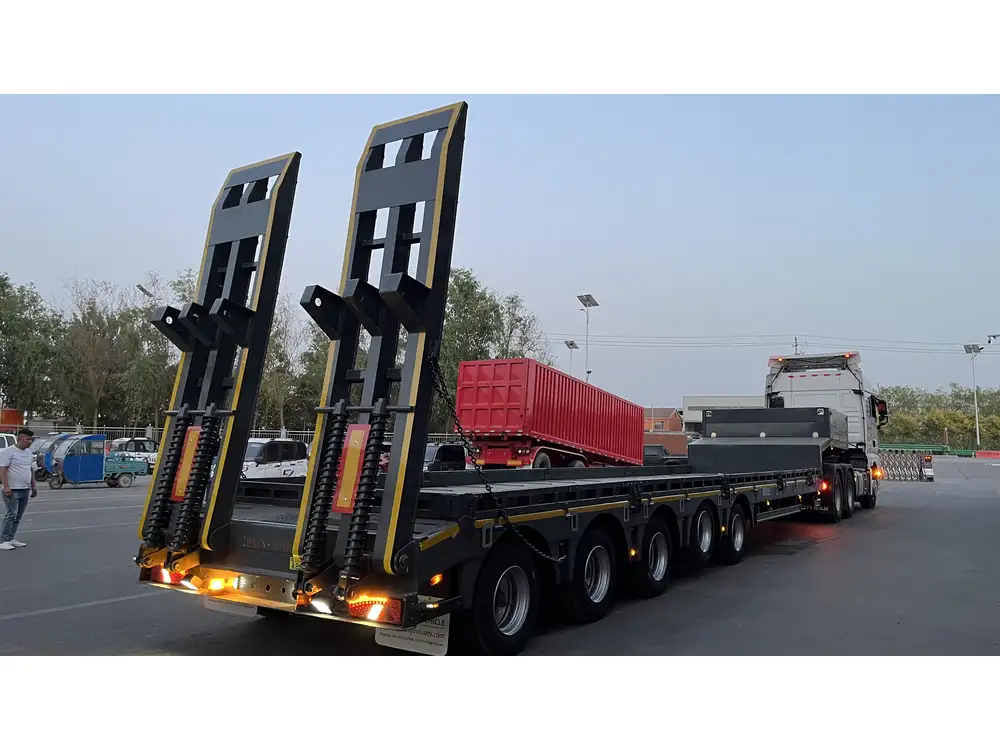
Effective Solutions for Troubleshooting Clicking ABS Noises
Once the diagnostic process identifies the potential cause, specific solutions can be employed.
1. Clean or Replace Wheel Speed Sensors
If dirty or damaged sensors are detected, cleaning or replacing them may resolve the clicking issue. Use a suitable cleaner for electrical components to avoid further damage.
2. Assess and Repair Hydraulic System
For hydraulic system problems, inspect all lines for leaks and ensure proper fluid levels. Flushing the brake fluid and purging any air from the system can also restore functionality.

3. Remove Debris Accumulation
Regularly cleaning the ABS system, especially in areas prone to dirt accumulation, can prevent future clicking noises.
4. Replace Worn or Damaged Parts
If inspection reveals worn-out components, replacing them may be necessary. Always opt for OEM (Original Equipment Manufacturer) parts to ensure compatibility and reliability.
Preventive Measures to Avoid ABS Clicking Issues
Proactive measures can significantly reduce the chances of experiencing clicking noises from your semi-trailer ABS. Implementing the following strategies can extend the life of your ABS and ensure optimal performance.
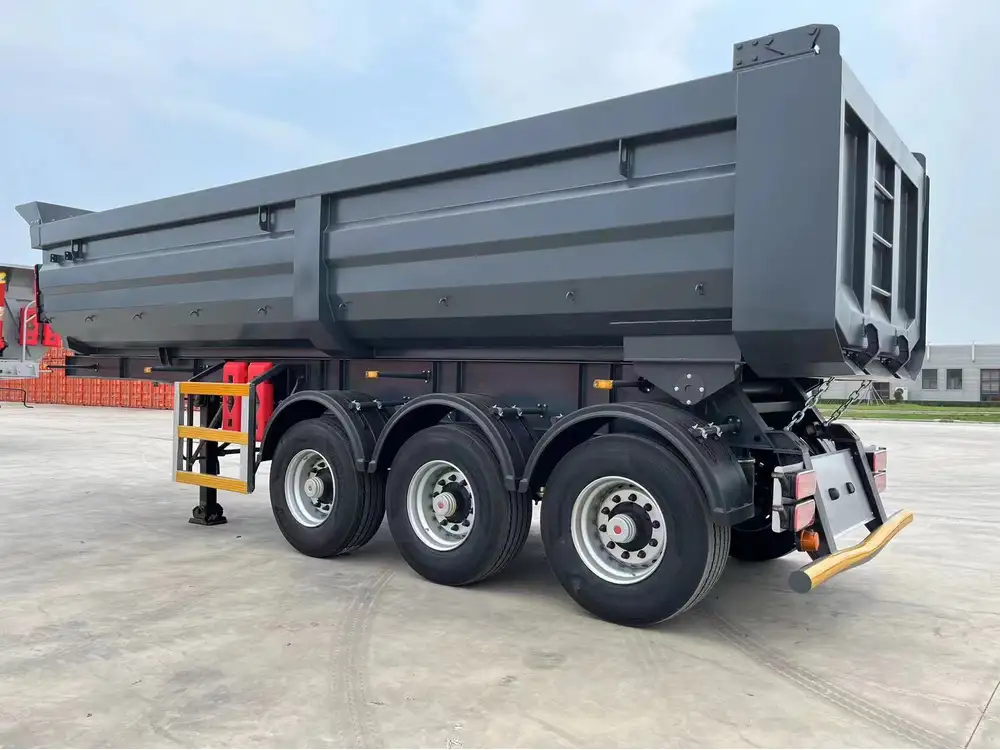
Regular Maintenance and Inspections
Creating a maintenance schedule that includes periodic checks of the ABS components is key. Regular inspections can catch early signs of wear or dysfunction.
Keep the System Clean
Keeping the entire braking system free of dirt, oil, and debris is essential. A clean surface ensures that all sensors and components function as intended.
Monitor Brake Fluid Levels
Routine checks of brake fluid levels can help identify potential leaks or fluid degradation, preventing severe system failures.
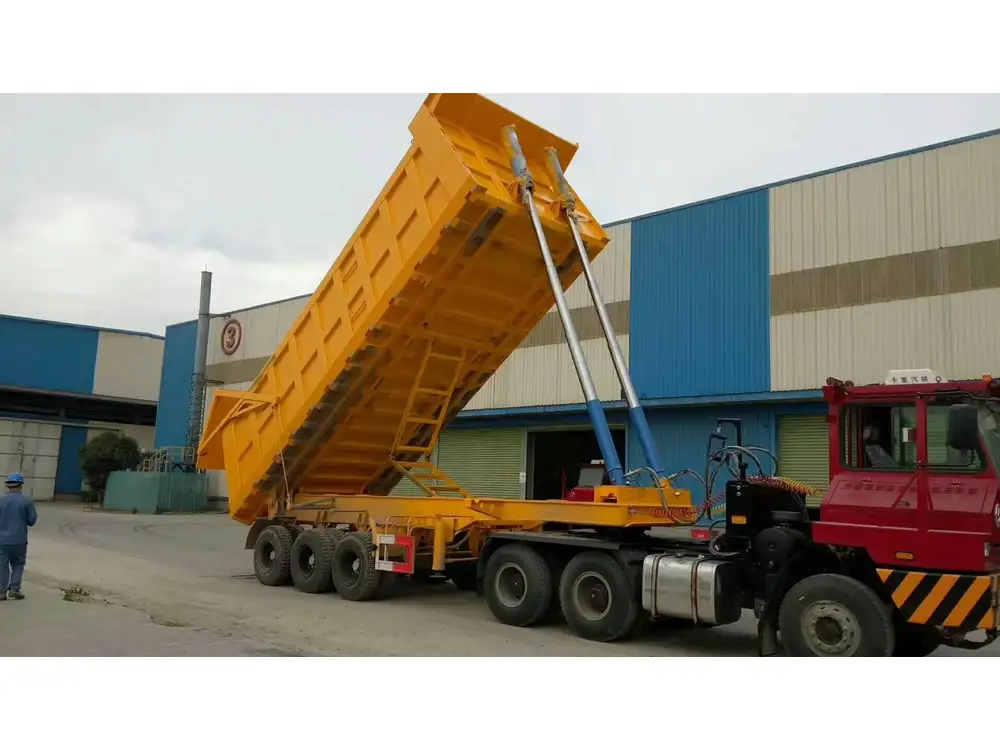
Invest in Quality Components
Using high-quality materials and components ensures better durability and less frequent issues related to the ABS. Always choose reputable manufacturers for any replacements.
Training and Knowledge
Ensure that those who operate and maintain your semi-trailer understand the ABS functionality and maintenance requirements. Comprehensive training can lead to better handling of potential issues before they escalate.
Comparison Table: Common ABS Issues and Solutions
| Issue | Cause | Solution |
|---|---|---|
| Clicking from the ABS | Faulty wheel speed sensors | Clean or replace sensors |
| Erratic braking performance | Hydraulic issues | Inspect lines and adjust fluid levels |
| Debris in components | Accumulation of dirt/debris | Clean the ABS system |
| Unresponsive brakes | Worn components | Replace necessary parts |

Conclusion
Understanding the intricacies of your semi-trailer ABS and recognizing the sound of a clicking noise as an indicator of potential issues is crucial for maintaining safety on the road. By diagnosing the problem methodically and undertaking remedial actions promptly, we can ensure not only compliance with safety standards but also the longevity and performance of our semi-trailer systems. By staying vigilant and proactive, both operators and manufacturers can collaboratively enhance the safety and efficiency of their vehicles.
This comprehensive guide provides the necessary insights and strategies to address clicking noises related to ABS, ensuring your semi-trailer remains in optimal condition while navigating the roads. Always prioritize safety and maintenance to protect both the vehicle and the cargo it transports.



